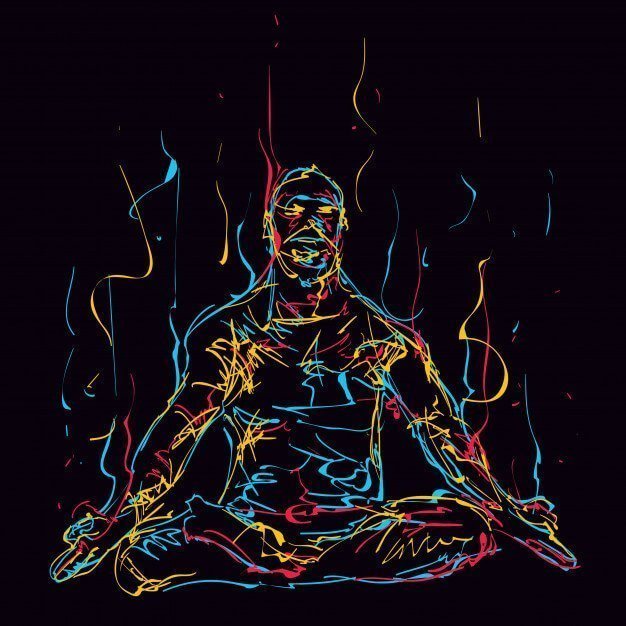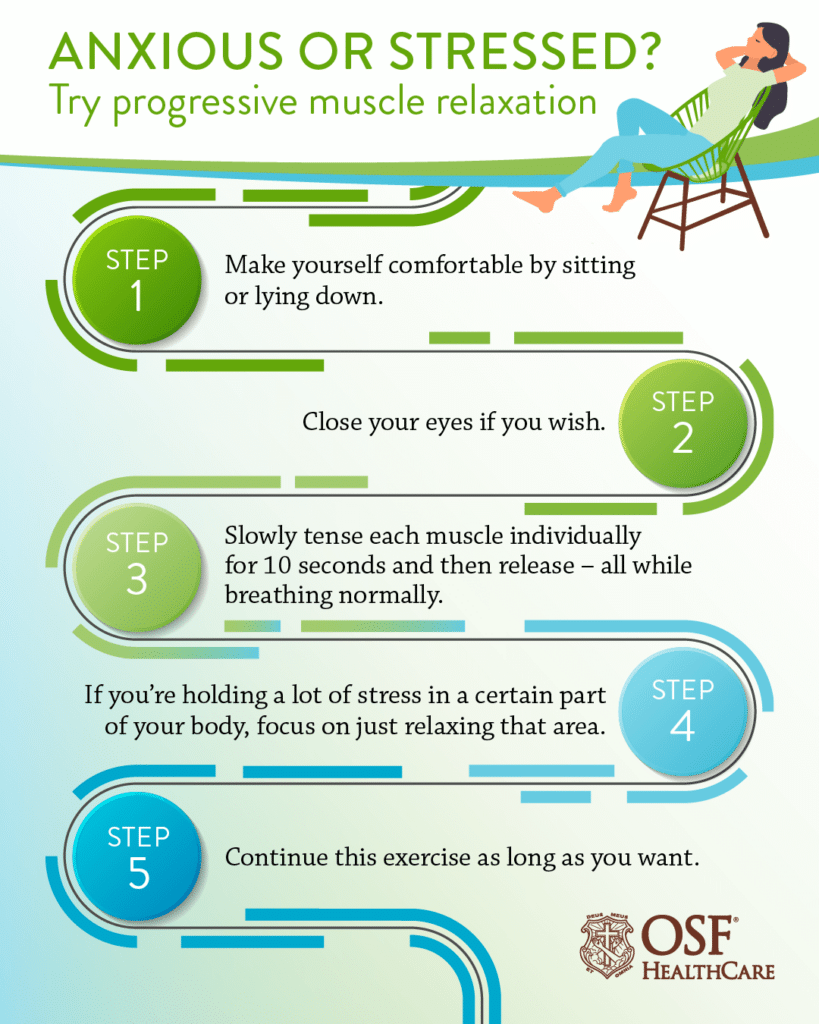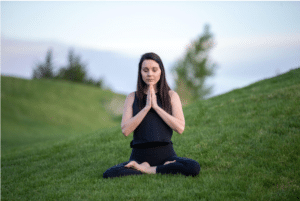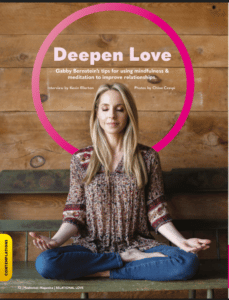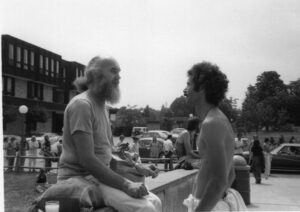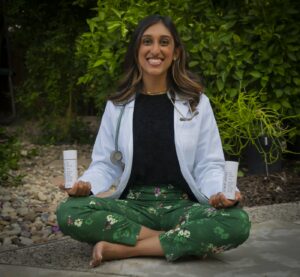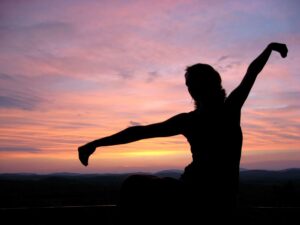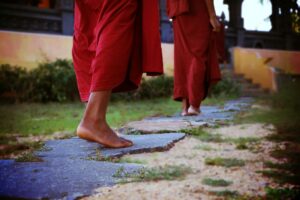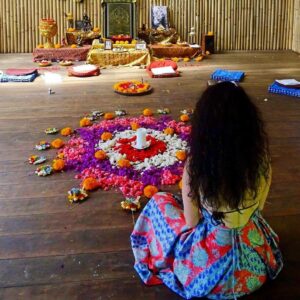Most species experience two states in their physical body, either awake or asleep.
In fact, there is a third state between the two, that is to keep the mind awake but let the body fall asleep. And this is exactly what meditation achieves. With this in mind, it is not difficult to understand that all the fantastical sensations that arise in meditation are just changes in our body after falling asleep. Although these physical changes in our body occur every night, we never notice them because we lose consciousness during sleep, and thus miss many insightful moments.
So what happens to our body after we fall asleep?
First, our body activates a protective mechanism that gives paralysis commands to the skeletal muscles of the joints, stopping the muscles of the limbs from functioning. This prevents us from harming ourselves and others while dreaming. That is why in our dreams we feel weak and cannot run fast when chased by predators. In addition, some people suffer from a condition called sleep paralysis. This occurs when the body is still in an “off” state after the mind wakes up. This is known as the “the ghost that pushes you down” in some cultures.
After months of meditation practice, you may gradually feel the limbs become heavier and stiffer, as if “paralyzed”. This indicates that you have succeeded in keeping the mind awake while letting the body fall asleep. However, many people do not know how they have done this even if they are able to do so. It will be easy to understand if you have ever used a smartwatch to monitor your sleep. Smartwatches can tell exactly when we fall asleep and when we wake up. This is because they are equipped with a motion sensor that can determine if there is any wrist movement. If they do not detect any wrist movement for a certain period of time, the smartwatch can determine that we are sleeping. Similarly, our body has built-in “motion sensors” as well. When we sit and meditate, we keep our body still. If we practice long enough, it will eventually trick the body to fall asleep when no muscle movement is detected by those “motion sensors.” Consequently, the protection mechanism mentioned earlier will issue paralysis commands to the joint skeletal muscles even when our mind is still awake. This allows us to understand why keeping the body still is a fundamental and necessary aspect of a meditation practice.
This is also why the lotus sitting position is better than the half lotus position, and the half lotus position is better than the easy pose; it is because the full lotus is the most stable, and the easy pose is the least stable. However, for those who can only do easy pose, you can insert 2 small sponge blocks between the feet and legs to improve the stability of the legs significantly.
As sleep deepens, all the muscles in our body become more and more relaxed, until they finally reach a state of complete relaxation.
The feeling of full-body relaxation is better than anything a masseuse can give you, but the bad news is that we lose consciousness in our sleep and cannot experience what it really feels like. Fortunately, Dr. Edmund Jacobson, an American physician, has developed a method that allows us to experience muscle relaxation when we are awake. This method is called Progressive Muscle Relaxation (PMR). For example, if you hold your fist tightly for 7 to 10 seconds, then release it quickly, you will feel a numb, vibrating sensation in your hands. This is the sensation of hand muscle relaxation. In addition to hand muscles, Dr. Jacobson has also invented a series of muscle movements of tensing and relaxing that make people experience muscle relaxation on each part of their body. While this is a great method, it only allows us to experience the relaxation of one or two muscle groups at a time.
If you want to truly experience full body relaxation, you need to meditate.
After you’ve established a meditation practice, you may occasionally experience numbness and vibration in your body here and there, just like a current flowing through. If you continue practicing, one day you will feel the amazing full body vibration; this indicates that all of your muscles are relaxed completely. The feeling is wonderful, but even better, while your body relaxes, your mind is also relaxed and temporarily freed from all kinds of anxiety, big and small. In Dr. Jacobson’s words, “an anxious mind cannot exist in a relaxed body.” This is what inspired him to establish the PMR method.
This way of relieving anxiety by relaxing the body sounds interesting and works really well, but scientists aren’t stopping there. Some valid questions are: do body tension and mind anxiety happen at the same time? Or does one cause the other?
Recent research has shown that anxiety is not directly generated in the brain, it is actually caused by physical stress in our body.
In other words, when something outside happens, it is our body that reacts to it first, and the emotions that follow are caused by the physical changes in our body. For example, when resolving anxiety, the mainstream approach is talk therapy, rational thinking, and deep breathing. Dr. Elizabeth Stanley, author of Widen the Window: Training Your Brain and Body to Thrive During Stress and Recover from Trauma, disagrees. Dr. Stanley states in her book that “people’s anxiety comes from the body, not the brain. Those practices don’t work until you get your body back to normal.” In fact, as early as two thousand years ago in India, people recognized this and utilized it to practice “wisdom” in meditation. Specifically, it is to observe the physical sensations of the body with equanimity. And the so-called equanimity is that all sensations should be treated equally regardless of good or bad, hot or cold, pain or itch, etc. In other words, people should not produce a distinction between likes and dislikes in their mind for any sensations in the body. Through such practice, the mind will always remain in a state of calm and harmony, and eventually one may attain liberation from all misery.
Obviously, the “wisdom” here is not intelligence and knowledge. Modern people have much higher IQ’s and much more knowledge than ever before, but our anxiety and misery has not decreased. In contrast, it may have increased due to the increased complexity of human society. Scientists and physicians have found many ways to address this issue, but the simplest and the most natural way is just to sit still, to let the body fall asleep while the mind is awake. It will not only relax your body, but most importantly, relax your mind at the same time.
May each of us have the wisdom of the ancient sages, be free from anxiety and misery, and live in a state of equanimity.

